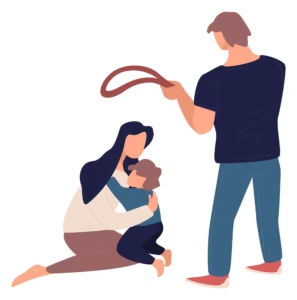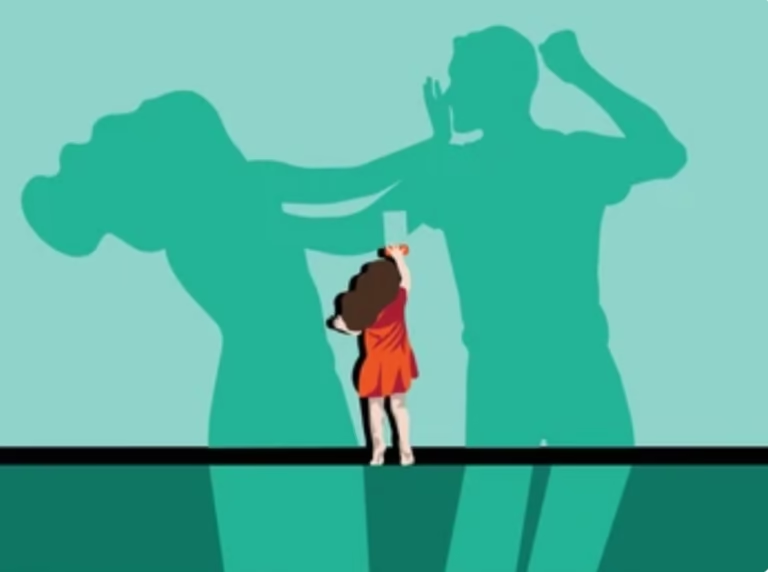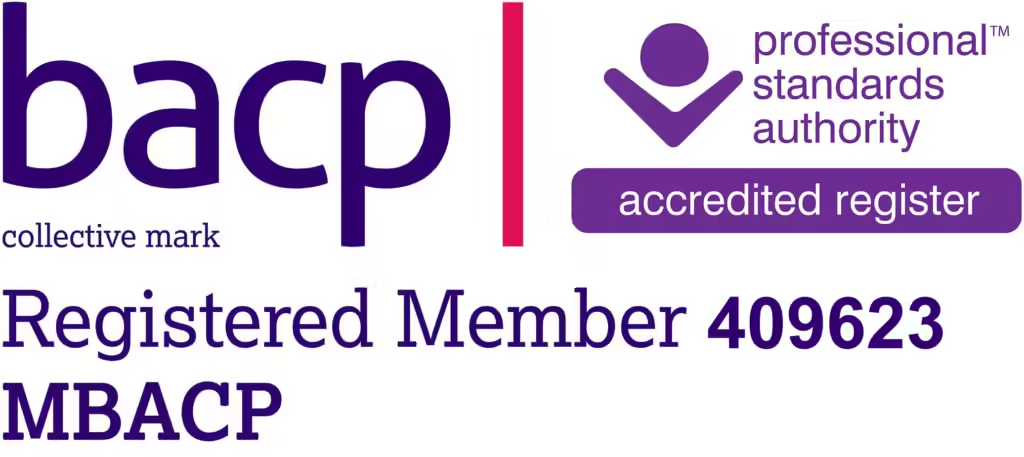Certified Counselor and Life Coach in UK
Certified Counselor and Life Coach in UK

Let’s be honest—your childhood isn’t just a dusty box in your attic. It’s not something you can pack away and forget. It’s a living, breathing part of who you are, intricately woven into your identity. Every thought, decision, and reaction you experience today is connected to the foundation laid during those formative years.
Your childhood experiences are like seeds planted in the soil of your subconscious. Some grow into strengths—such as resilience, determination, and creativity—while others may sprout into weeds like self-doubt, fear, and unhealthy patterns. These roots are often invisible, but their effects are painfully clear.
Have you ever found yourself getting defensive during arguments, even when the stakes are low? Or perhaps you struggle to trust others, feeling as if doing so is a gamble with your heart. These aren’t just quirks or personality traits; they are residues of your earliest experiences, quietly influencing your interactions and decisions. Your childhood acts as the silent architect of your inner world, and it’s time to explore what it has built—and what might need renovation. actions and decisions. Your childhood is the silent architect of your inner world, and it’s time to explore what it’s built—and what needs renovation.

Childhood is more than a collection of memories—it’s the time when we learned the rules of life. These aren’t just the basics like tying your shoes or saying “thank you.” These are the deep, unspoken lessons that shape how you navigate the world:
But what happens when these lessons are taught through neglect, criticism, or chaos? They don’t just fade away when you turn 18. They stick. They become the lens through which you see the world and the script you follow, often without realizing it. Decades later, you might still be following these outdated rules, even when they no longer serve you.

The pain and patterns from your childhood don’t disappear just because you’ve grown up. They show up in ways that feel frustrating and unexplainable until you dig deeper.
These patterns don’t fade on their own. They’re like a program running in the background, silently dictating your choices. But here’s the truth: they don’t have to control you forever. Healing starts when you acknowledge them, understand their origins, and decide to change the narrative.

Still think your childhood is “in the past”? Think again. Childhood pain doesn’t stay neatly boxed up. It sneaks into every corner of your life, influencing how you connect, achieve, and even parent.
Pain doesn’t vanish because you ignore it. It festers. It seeps into your thoughts and behaviors, showing up as anxiety that keeps you awake at night, depression that clouds your joy, or that constant nagging feeling that you’re “not enough.” But it doesn’t have to stay that way. The first step to healing is understanding how your childhood shaped you and realizing that you have the power to reshape your future.

Let me share some examples:
Anna was a high achiever who constantly sought validation. Why? Her parents only praised her when she excelled in school.
Tom was the “class clown,” always deflecting with humour. Beneath the laughs was a boy who felt invisible at home.
Maria struggled with boundaries. Growing up, her needs were always secondary to her parents’ moods.
These aren’t just anecdotes—they’re everyday realities for many of us.
Healing isn’t about blaming your parents or rewriting history. It’s about acknowledging the hurt, unpacking it, and learning to respond differently.
Acknowledge Your Pain:
Stop minimizing what happened. If it hurt, it mattered.
Inner Child Work:
Imagine your younger self. What do they need to hear from you now? Give them that love and reassurance.
Therapy:
A counselor can help you dig deeper and connect the dots between your past and present.
Journaling:
Write down moments from your childhood that still feel raw. What patterns can you see?
